Weekly API Evangelist Governance (Guidance)
The more I study the API landscape for Naftiko market research the more I see the missing fabric needed to stitch things together so things don’t just keep fraying. AI has taught me a lot about the shredded and tattered infrastructure, integrations, and automation holding us all together. I can see now how a lack of shared vision allows us to distracted during each cycle of “innovation” that comes comes our way, resulting in enough of us losing our way in any given moment.
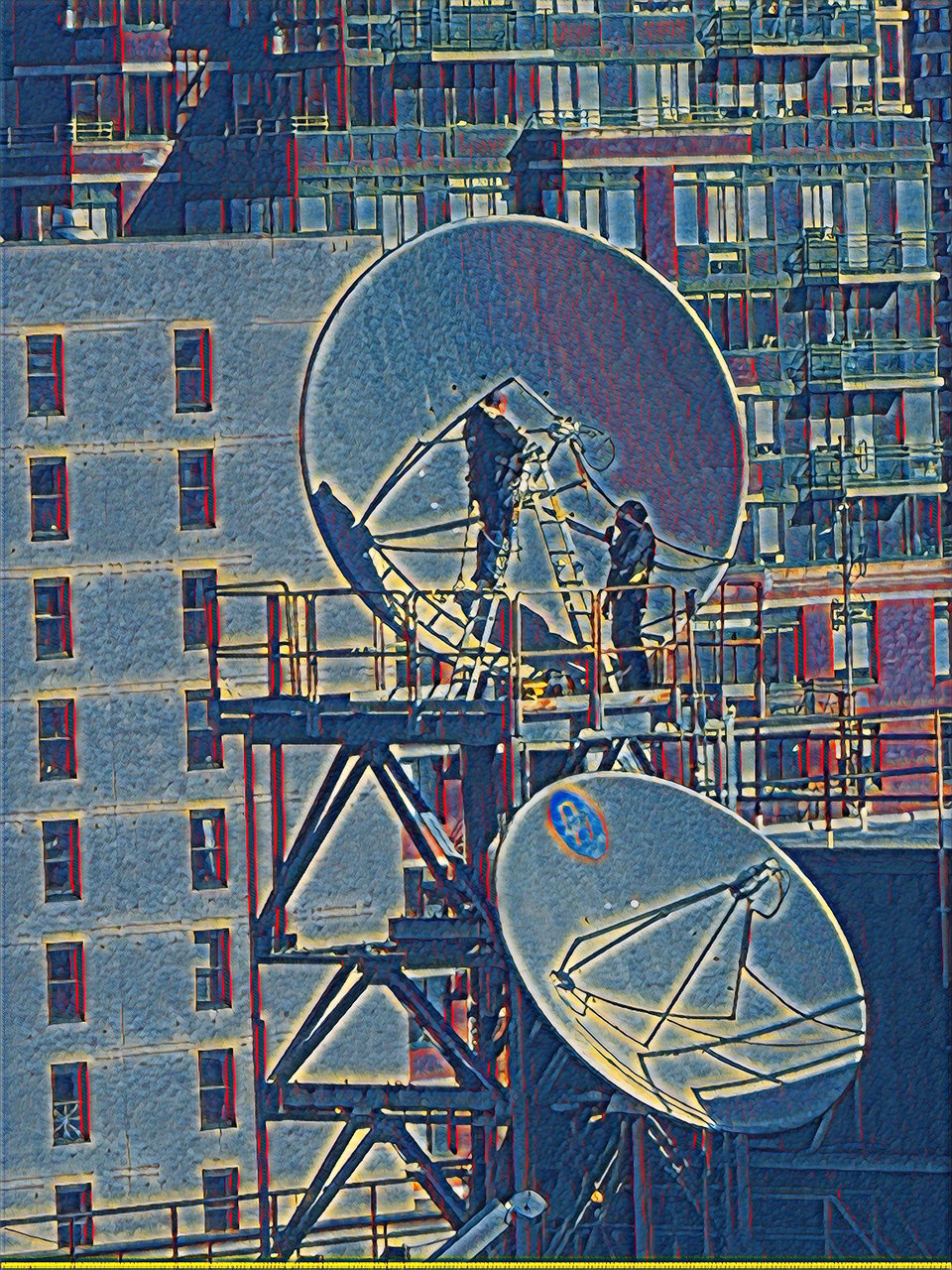
Business Alignment
I left Postman chasing it, and was confronted by it head on rolling out API governance at Bloomberg—the lack of business alignment. As I made my way back into the noisy market of 2024 and 2025 I realized that the lack of alignment when it comes to producing and consuming APIs was precisely why artificial intelligence is able to gain a foothold within your average businesses. The businesses who are weathering this moment and making their way through it are the ones who have a greater vision which endures beyond just this moment.
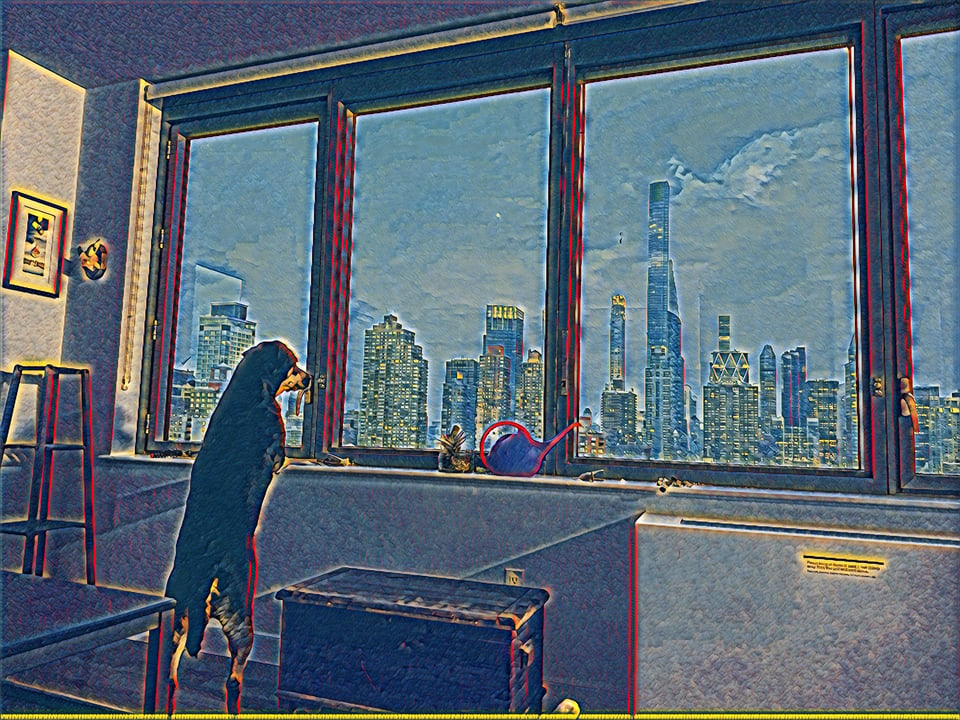
Ubiquitous Drift
The ubiquitous drift that exists across the API ecosystems that exists within any business today reflects that lack of alignment between why we do engineering and why we do business on any given today. Yesterday, today, and tomorrow. We speak past each other. We speak at different scopes. We express ourselves in diagrams and codes. We don’t always check in as human beings and make sure that we are saying the same thing. Then we move forward assuming we are aligned when we really aren’t anymore.
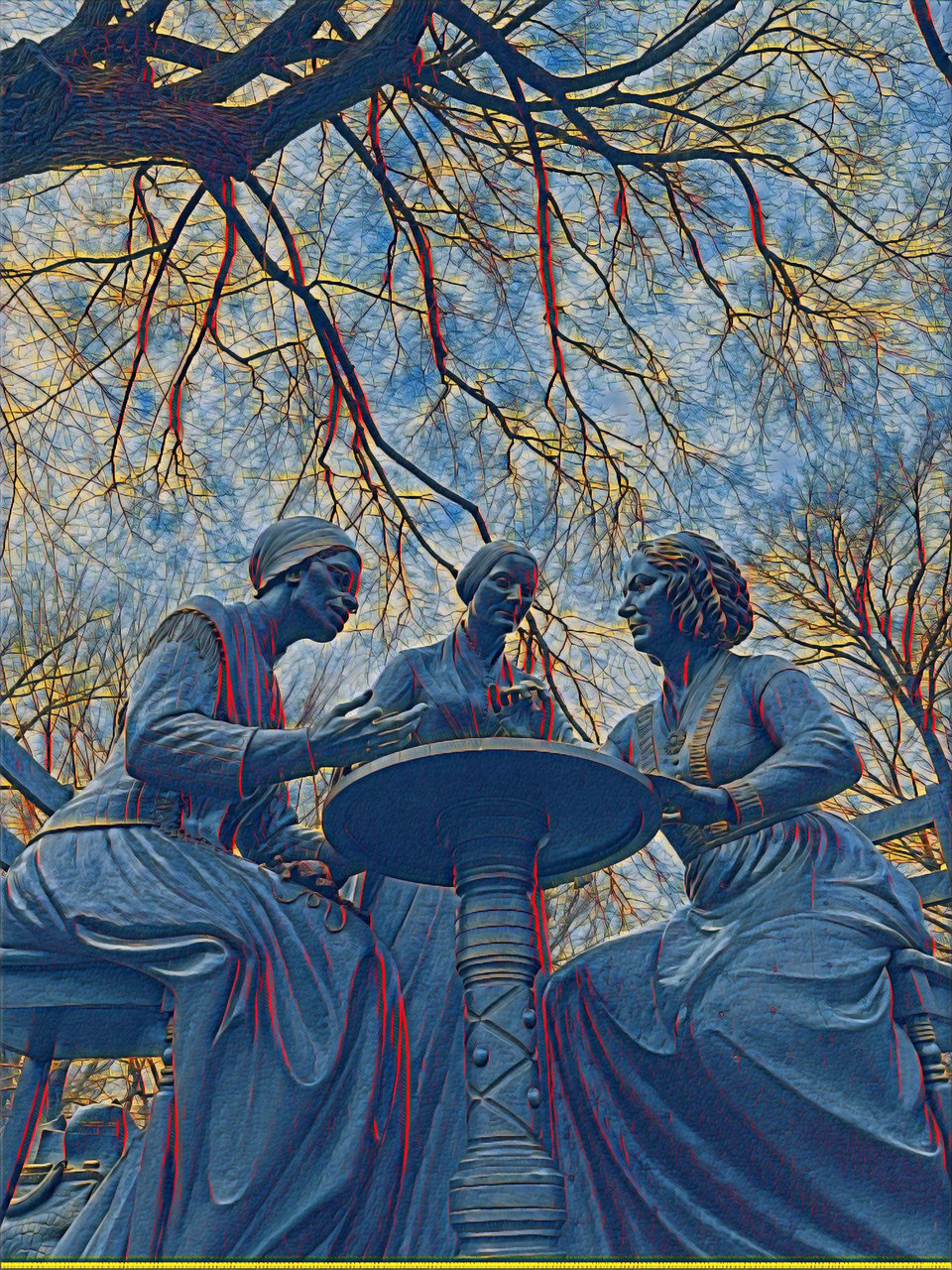
Domain-Driven Design
I learned how concepts like domain-driven design struggle to resist the gravity of how companies approach not just the APIs we produce, but more importantly the APIs we consume. It became evident this week that we don’t see the boundaries that shape our businesses and markets in healthy ways. We tend to see everything as inside our operations or outside our operations. The greatest challenge in this is we tend to see the parts of our operations that exist on the open web as not part of our operations.
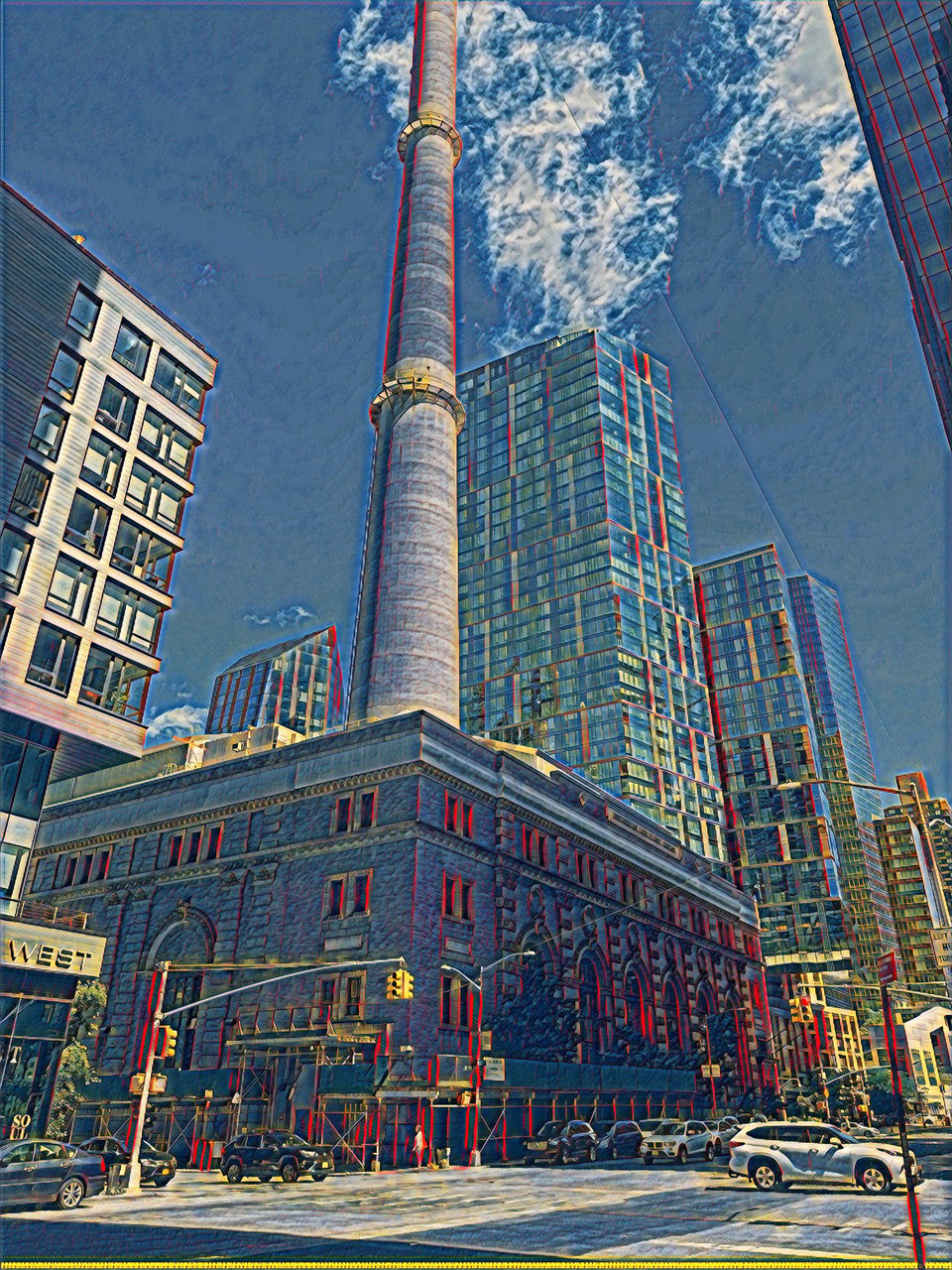
Standards-Driven
The drift I see across the landscape isn’t just a business one. I see a ubiquitous call for standardization, and even the usage of standards, but they aren’t done with any real understanding and intent behind why standards exist. I see engineering folks adopting standards that mean nothing to their business counterparts, and I see business folk demanding standardization in response to regulation, governance, and compliance, in which engineering folks are completely unaware of the need or reasons behind.
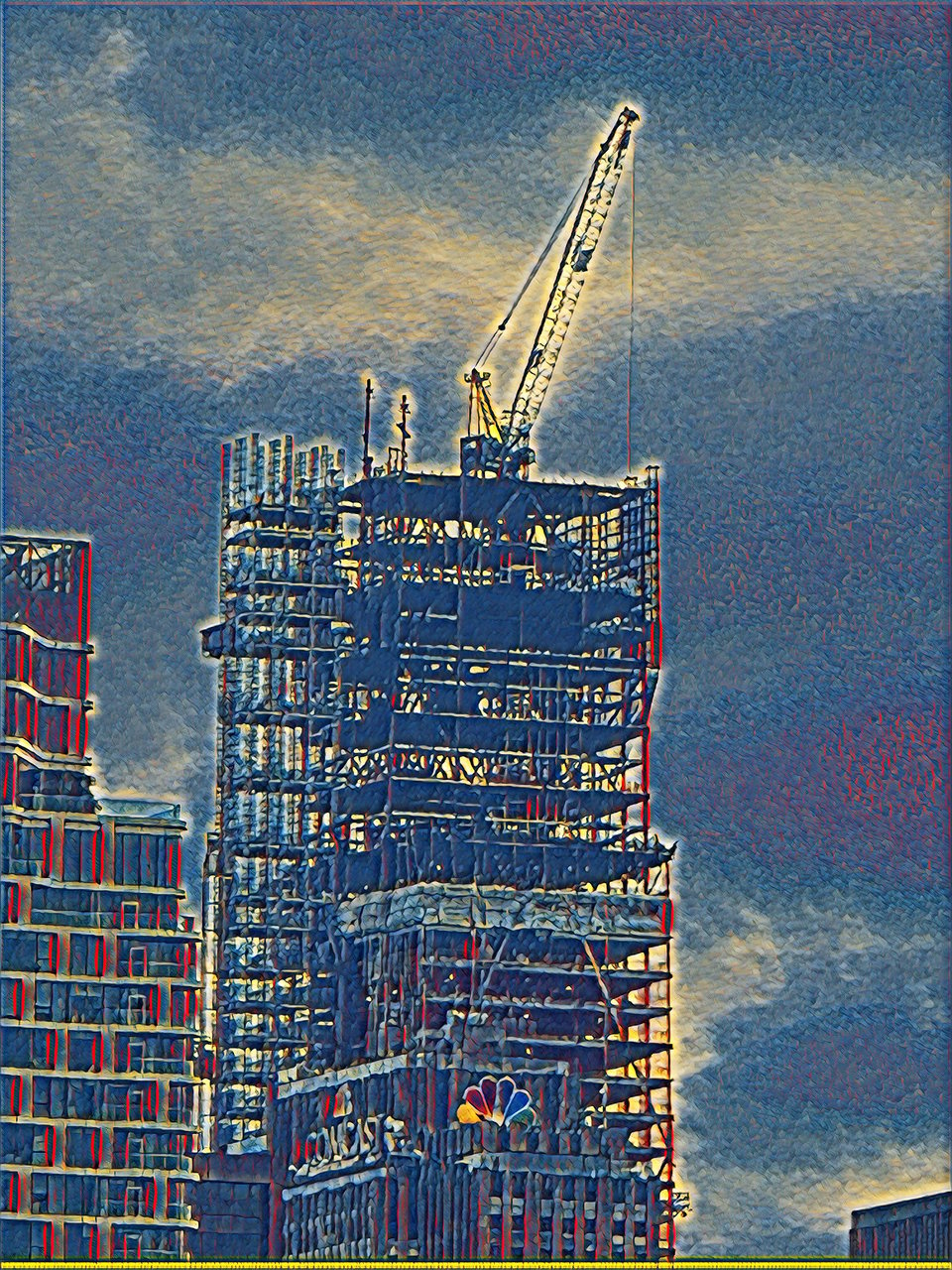
Declarative Configuration
I watch the configuration of common open-source and sometimes eve commercial tooling rise and become a technical standard in their own right. However these standards become islands in their own right—never aligning or standardizing beyond what is needed for the current configuration needs. You see declarative configuration of operations emerge from within different ecosystems, but it is rare to see these standards embraced and adopted across many ecosystems and achieve any sort of meaningful interoperability.

Policy-Driven
When I talk to product or engineering leadership, rarely do I ever encounter someone who has any level of control over the sprawling infrastructure, integrations, and automation that they are in charge of. This is why artificial intelligence came on so strong—it appeared to have the answers. Like the cloud, AI felt like it gave us more control. The obfuscation of reality and the perceived precision of it’s answers has given the illusion of control, when in reality we are just avoiding the work of setting policies that will truly shape our operations.
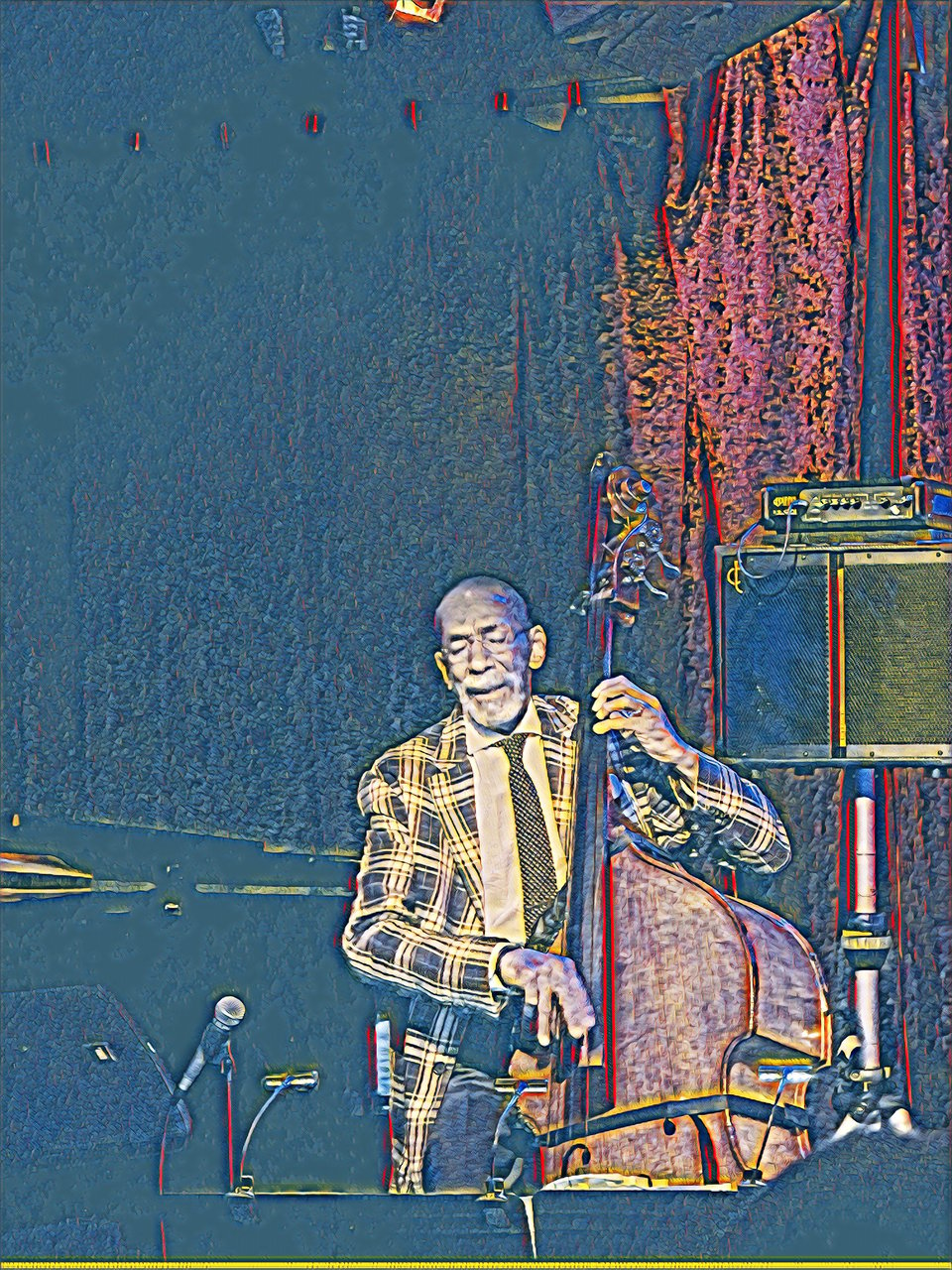
Shared Vision
I realize how important it is to have a vision to get us through these moments. If you don’t have a vision to cling to you are more susceptible you are to the winds from any given direction. Pretty diagrams, presentations, and infographics make us feel good in the moment, but they rarely keep us honest regarding what we agreed upon last quarter and what we are actually doing in this quarter. It is critical that we remain flexible and adaptive, but it is even more important that we have a vision to carry us through each moment we find ourselves in.
“Where there is no vision, there is no hope.” - George Washington Carver